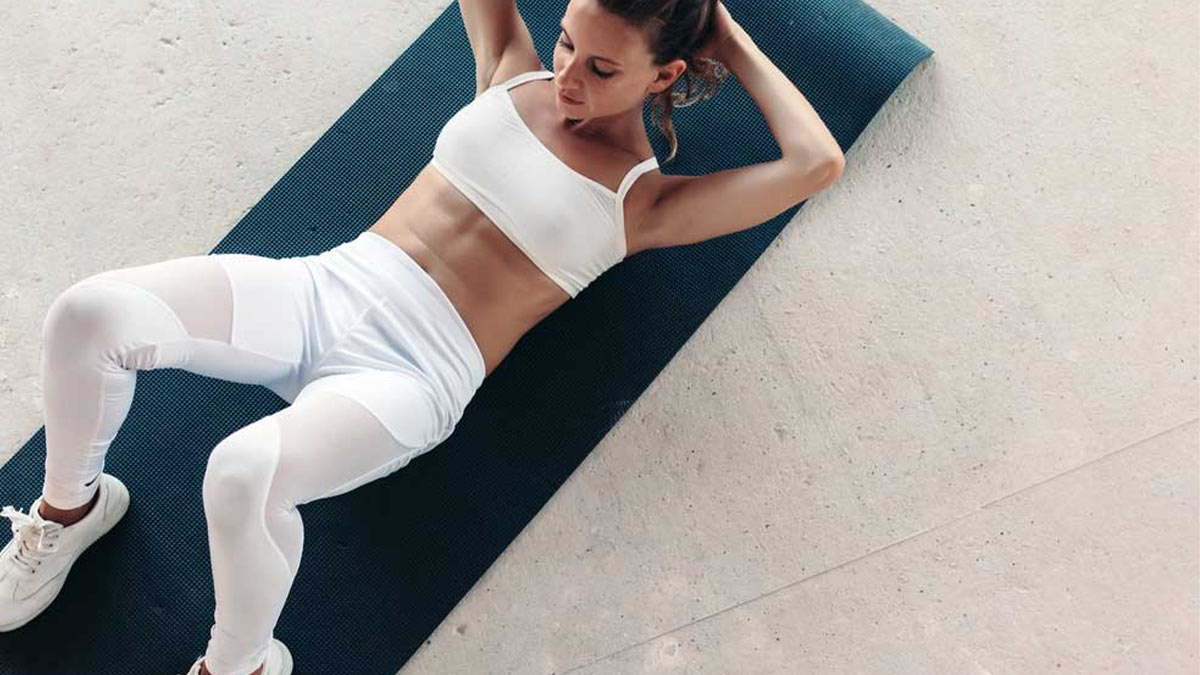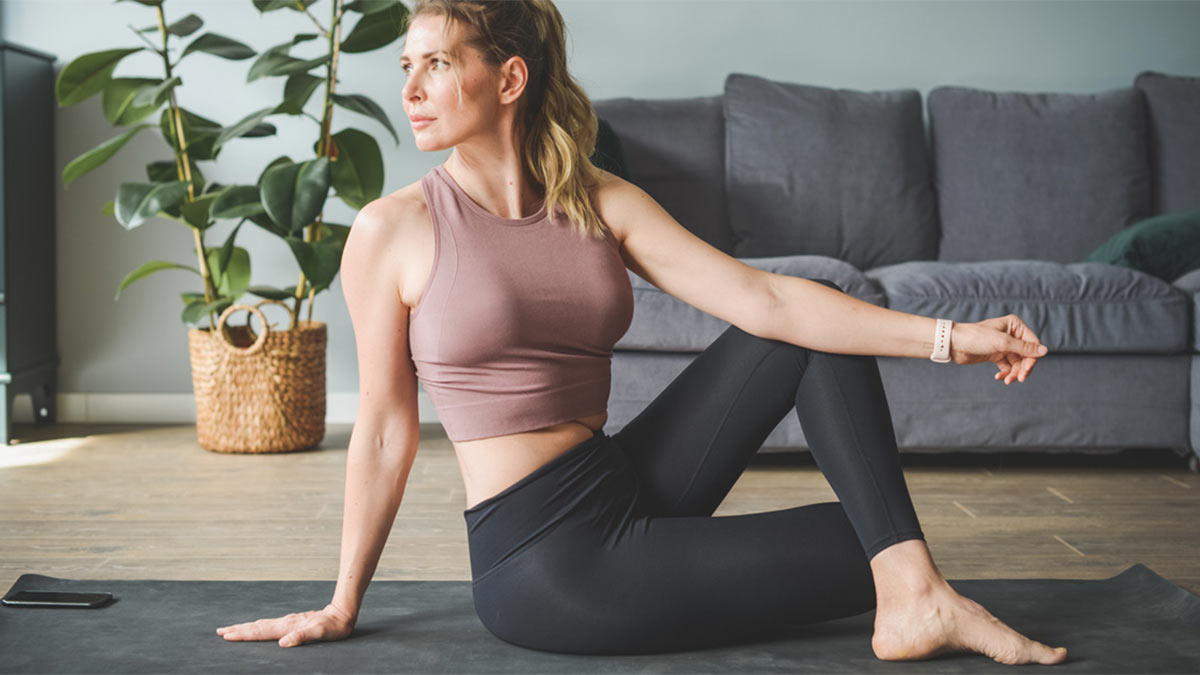Liposuction is a transformative cosmetic surgery that helps remove excess fat from specific body areas and enhances your natural contour. However, the journey to long-lasting results doesn’t end with surgery it begins with recovery. Incorporating the best exercises after liposuction is crucial for maintaining your new body shape, preventing complications, and promoting faster healing. This detailed guide explores which exercises to do, when to start them, and how to integrate physical activity safely into your post-liposuction lifestyle.
Understanding the Importance of Exercise After Liposuction
After undergoing liposuction, your body needs time to heal and adjust to its new shape. Once your surgeon gives the green light, light exercises can help restore circulation, reduce swelling, and prevent stiffness. The best exercises after liposuction are those that promote gentle movement without straining the operated areas.
Physical activity improves blood flow, which helps remove fluid buildup, reduces inflammation, and minimizes the risk of blood clots. In addition, regular movement supports mental well-being, giving you an energy boost and helping you feel more confident during recovery.
When to Start Exercising After Liposuction
It’s vital not to rush back into intense workouts immediately after surgery. Typically, light walking can begin within 24 to 48 hours, depending on your doctor’s advice. More structured routines involving the best exercises after liposuction usually start two to four weeks later, once the body has healed enough to handle mild exertion.
Every person’s healing timeline is different. Some people may recover faster due to genetics, diet, and the body area treated, while others might need additional rest. Always consult your surgeon before starting any physical activity — this ensures your safety and prevents complications like bruising or swelling.
For instance, patients often compare this gradual return to activity with Methods for strengthening the knee in 2 months, where progressive effort and patience are essential to prevent injury and achieve optimal results.
The Early Recovery Stage: Gentle Movement and Walking
During the first two weeks post-surgery, the best exercises after liposuction are low-impact and focus on mobility rather than intensity. Walking is one of the safest and most effective activities to begin with. It helps improve circulation, reduces fluid retention, and supports emotional recovery without straining your surgical areas.
Start with 5–10 minutes of slow-paced walking several times a day, then gradually increase the duration. Avoid slopes or long distances until your surgeon confirms that your healing is on track. The goal at this stage is consistency, not endurance.
Interestingly, walking after liposuction shares similarities with early rehabilitation protocols seen in cases like Reasons to wear compression garments after a leg fracture, where movement helps prevent stiffness and promotes healthy blood flow.
The Intermediate Phase: Light Strength and Flexibility Training
Around the third or fourth week, once pain and swelling have decreased, you can start introducing mild strength and flexibility exercises. This phase includes stretching, yoga, and bodyweight resistance movements. These are some of the best exercises after liposuction because they help tone muscles and maintain your new shape without overexertion.
Some good examples include:
Pelvic Tilts: Strengthen your core and lower back.
Shoulder Rolls: Improve upper body flexibility.
Leg Raises: Enhance blood circulation in the lower body.
Gentle Yoga: Encourages mobility, balance, and relaxation.
When performing these exercises, focus on slow, controlled movements. Avoid holding your breath or performing any sudden motions that might strain the treated areas.
The Advanced Stage: Incorporating Cardiovascular and Strength Training

After 5–6 weeks, if your recovery has gone smoothly, you can start more dynamic activities like swimming, light jogging, or cycling. These count among the best exercises after liposuction because they burn calories, tone muscles, and help you maintain your results long-term.
Swimming: Offers a low-impact, full-body workout that supports healing while protecting the joints.
Cycling: Builds leg muscles and improves endurance without excessive strain.
Resistance Training: Using resistance bands or light dumbbells enhances muscle tone.
This stage focuses on maintaining your new body shape and improving your cardiovascular health. At this point, staying consistent with physical activity becomes as important as the surgery itself.
Consistency in post-operative exercise mirrors the mindset behind The best ways to maintain weight after liposuction, where daily effort ensures lasting transformation and a stable body contour.
The Role of Compression Garments During Exercise
Compression garments are essential during recovery after liposuction. They provide gentle pressure, reduce swelling, and help the skin adhere properly to its new shape. When you begin incorporating the best exercises after liposuction, wearing your compression garment is usually recommended for added support.
If you’re uncertain about the timing, consult your surgeon — this is similar to understanding Checking when to wear compression garments after liposuction, where proper timing ensures optimal healing and comfort. Compression helps minimize discomfort and prevents complications during early workouts.
Understanding the Limitations: What to Avoid
While enthusiasm for getting back into shape is natural, overexertion can slow down your recovery. Avoid heavy lifting, intense cardio, or high-impact sports during the first six weeks. These activities may cause bruising, swelling, or fluid retention.
Some patients mistakenly believe that exercising harder will yield faster results, but the opposite is often true. Overtraining increases inflammation and can even distort the surgical outcome. The best exercises after liposuction should always prioritize gentle progression and safety.
Core and Balance Training

Once you’ve passed the early healing stages, core and balance exercises become essential components of the best exercises after liposuction. These movements strengthen stabilizing muscles that support your posture and overall symmetry.
Some effective options include:
Planks: Engage your core and improve abdominal strength.
Side Leg Lifts: Tone the outer thighs.
Balance Ball Workouts: Enhance stability and coordination.
A strong core helps maintain your new contours and supports daily movements, reducing the risk of back or hip strain. Gradually adding these routines helps you build a more defined silhouette and enhances body awareness.
Stretching and Flexibility Workouts
Flexibility exercises improve circulation, prevent stiffness, and contribute to long-term mobility. Stretching after every workout also minimizes muscle soreness and enhances recovery. Focus on light, slow stretches rather than deep or aggressive ones.
For example:
Hamstring Stretch: Promotes lower body flexibility.
Shoulder Stretch: Improves upper body mobility.
Neck and Spine Stretches: Reduce tension and encourage better posture.
Just like in rehabilitation programs, stretching complements the best exercises after liposuction by promoting elasticity and preventing scar tissue stiffness.
The Mind-Body Connection
Maintaining mental balance is as important as physical recovery. Post-liposuction healing can be emotionally challenging due to swelling, bruising, and temporary discomfort. Incorporating mindfulness or meditation during your recovery not only reduces stress but also motivates you to stay consistent with the best exercises after liposuction.
Practices such as breathing exercises or light yoga create harmony between the body and mind, accelerating the overall healing process. Remember, true transformation goes beyond physical appearance it also includes mental and emotional well-being.
Monitoring Progress
Tracking your progress is an excellent motivator. Take photos, note how your energy levels improve, and track how your strength and flexibility change each week. Recognizing small improvements can help you stay consistent and appreciate your journey.
Your commitment to regular exercise after liposuction doesn’t just maintain your results it also enhances your overall health and fitness. Over time, these habits help you feel stronger, more confident, and more in control of your well-being.
The Role of Professional Guidance
If you’re unsure about where to start, consider working with a physical therapist or certified trainer experienced in post-surgical recovery. They can help design a program with the best exercises after liposuction suited to your body type and recovery speed.
They’ll also monitor your progress and ensure that each movement supports your healing instead of hindering it. Much like a structured rehabilitation plan, this professional oversight ensures you build strength safely and efficiently.
Maintaining Results Long-Term

Exercise after liposuction isn’t just about recovery it’s a lifestyle change. To keep your results lasting, you need a holistic approach that includes proper nutrition, hydration, and mental well-being. Incorporate cardio, resistance, and flexibility training regularly.
The long-term effectiveness of liposuction depends on your consistency. Think of it as investing in your future health — your continued effort keeps your new body toned and sculpted. The best exercises after liposuction combined with healthy habits will ensure you enjoy the benefits of your surgery for years to come.
Final Thoughts
Ultimately, finding the best exercises after liposuction depends on your recovery rate, fitness level, and the area treated. Start slowly, focus on controlled movement, and progress at your body’s pace. From gentle walking to light strength training and stretching, every stage plays an important role in shaping your final results.
Remember, liposuction is just the beginning of your transformation. Your dedication to movement, self-care, and patience will define the outcome. With consistency and professional guidance, you can build a stronger, healthier, and more confident version of yourself.
Conclusion
Incorporating exercise into your recovery process is not only safe but necessary. Gentle, structured activity helps your body heal, tones your muscles, and enhances your new shape. The key is to listen to your body, progress gradually, and always follow your surgeon’s advice.
Whether you’re walking, stretching, or strength training, the best exercises after liposuction will empower you to recover faster, maintain your contours, and improve your overall health. Recovery is a journey — and every step you take brings you closer to lasting confidence and well-being.








